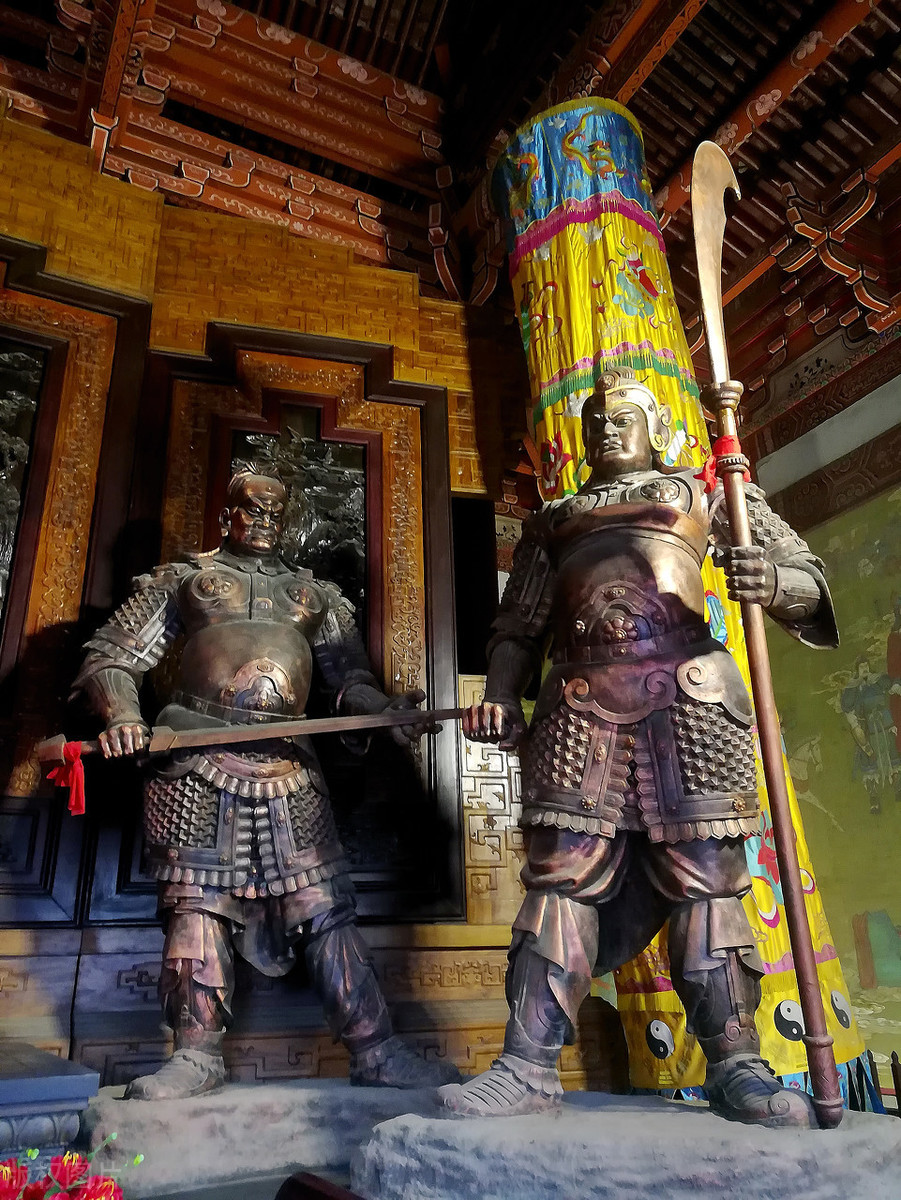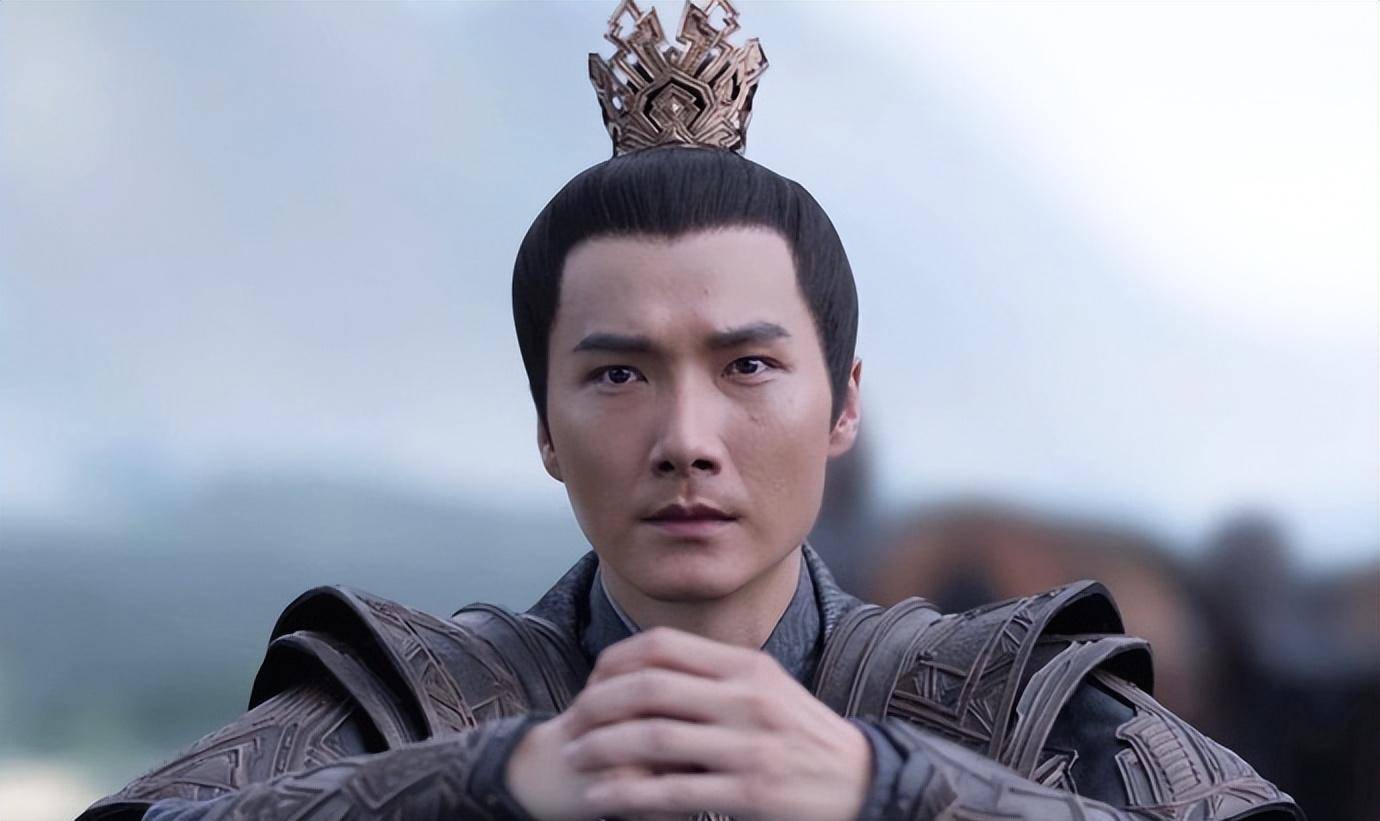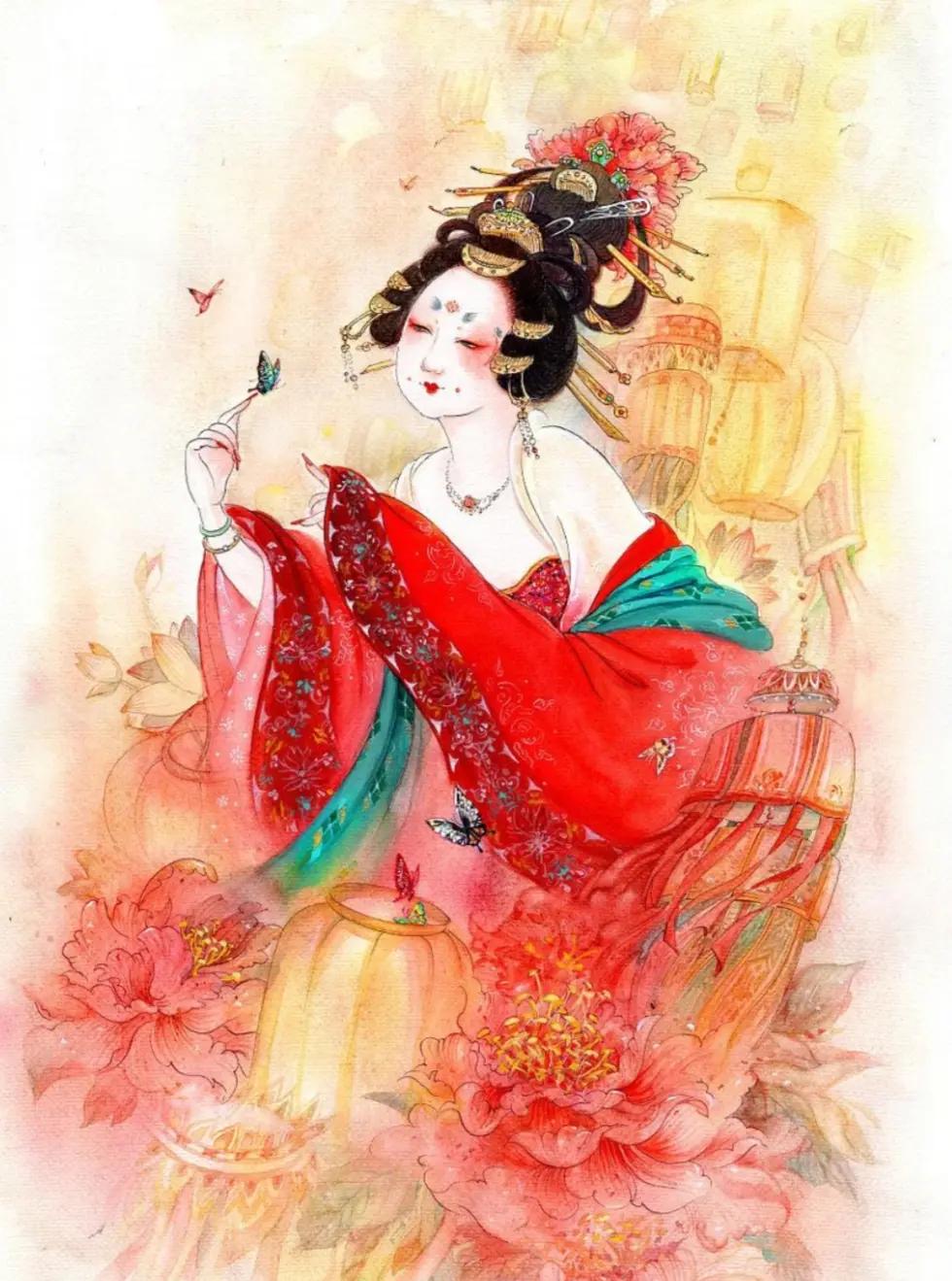Do you like the story of Qi Jiguang’s resistance against the Japanese? Today, the History Encyclopedia editor will provide a detailed interpretation for everyone~
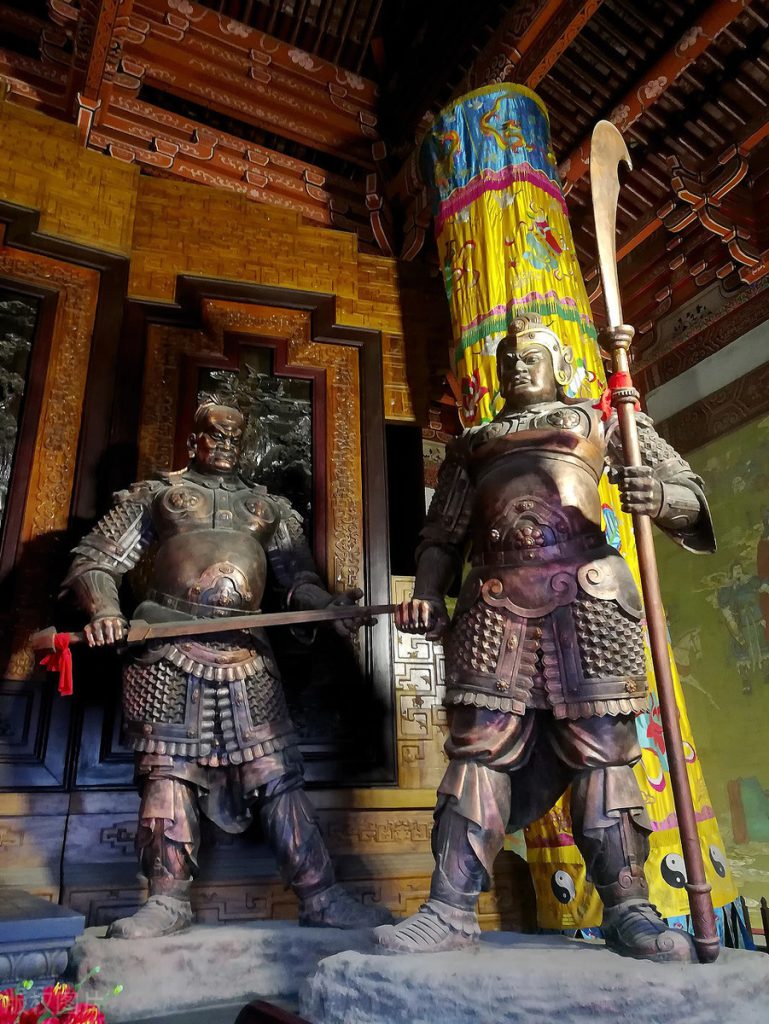
The Japanese swords in the hands of the Japanese pirates were once a nightmare that the Ming army could not shake off. It also happened that dozens of Japanese pirates chased thousands of Ming soldiers away. After the emergence of Yu Dayou and Qi Jiguang, this situation underwent a fundamental change, becoming the Ming army annihilating hundreds or even thousands of Japanese pirates with minimal casualties or even zero combat losses.
The reason why Qi Jiguang was able to achieve a complete victory in the War of Resistance against Japanese Aggression is precisely in line with two sentences in Sun Tzu’s “The Art of War”: “Those who have not fought but are considered winners in the temple are considered to have gained more; those who have not fought but are not considered winners in the temple are considered to have gained less. Those who have won more are considered to have won less.” “Knowing oneself and the enemy, one will not be defeated in a hundred battles
Qi Jiguang’s successful resistance against Japanese pirates was based on a deep understanding of the Japanese pirates. Qi Jiguang did not underestimate or disdain the Japanese pirates, but studied them as formidable opponents. Qi Jiguang first studied the Japanese swords in the hands of the Japanese pirates. After capturing Japanese swords and sword techniques and conducting in-depth research, Qi Jiguang was amazed: these Japanese pirates jumped one zhang, and with a blade length of five feet, the killing radius reached one zhang and five feet. Although the Japanese sword techniques only had four or five moves, except for firearms, other weapons were not effective.
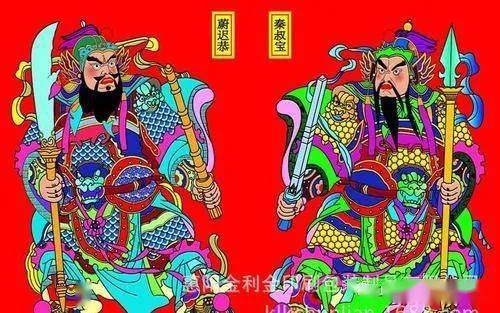
According to the “Ji Xiao Xin Shu”, Qi Jiguang did not capture a large number of Japanese swords and their techniques until he achieved the great victory in Taizhou in the 40th year of the Jiajing reign (1561). Therefore, in his book, he described Japanese swords as follows: “This has been around since the Japanese invaded China. They danced and flashed forward with this, and my military spirit was taken away. The Japanese were good at crossing, and when they advanced, they were more than ten feet long. The sword was five feet long, so it was five feet long
Qi Jiguang sighed: These Japanese pirates hold knives in both hands, are powerful and swift, and can cut people apart with just one blow (those who suffer from them will have their bodies cut off twice more). To deal with Japanese swords, long spears and ordinary swords are not effective (now only used), only bird guns (firing devices shaped like bird beaks) can be used for long-range shooting to restrain Japanese swords.
Qi Jiguang was overjoyed to have captured the swordsmanship of the Japanese pirates and wrote heavily in his book “Ji Xiao Xin Shu”: “This was originally obtained by the Japanese barbarians during the Xinyou period
The “martial arts secrets” obtained by Qi Jiguang from the Japanese pirates were only a few simple moves, but they were in line with Qi Jiguang’s years of combat experience. Qi Jiguang believed that complex moves were useless when two armies were fighting, and the battlefield situation did not allow one-on-one combat, so the simpler the knife and gun techniques, the better.
The text in the picture, I really can’t translate it, but looking at the handwritten and hand-painted secret book of a certain knife flow, Qi Jiguang’s ability to capture such martial arts secrets is also an unexpected gain.
Qi Jiguang attaches great importance to the cultivation of individual martial arts skills. In his book “Ji Xiao Xin Shu,” he speaks to soldiers in plain language, without much need for translation: “Martial arts are not about agreeing to official duties, but rather about serving as soldiers to defend oneself and kill thieves. If you have high martial arts skills, how can thieves kill you? If your martial arts skills are not as good as theirs, he will kill you. If you don’t learn martial arts, you won’t lose your life
However, Qi Jiguang also emphasized the importance of teamwork and stated that in battles between two armies, putting on airs is of no use: “In a grand formation, facing a major enemy is different from being more skilled and capturing petty thieves on the field. In a grand formation, thousands of people line up to advance, the brave cannot be the first, and the timid cannot be the last. A barrage of guns punctures, a barrage of knives cuts, and random killings return to him. They just rush in together, and it’s difficult to change hands. How can we move left and right?” – “Ji Xiao Xin Shu · Hand and Foot Chapter: Avoiding Flower Techniques”
Qi Jiguang also used a playful remark to mock Hua Jia: “When it comes to fighting, you forget how to use it.” This is a jargon used by combat martial artists, which means that when it comes to actual combat with enemies, when you get nervous, you forget all the moves you usually practice – in fact, it’s useless not to forget, because the opponent doesn’t follow your routine at all.
Readers all know that during Qi Jiguang’s resistance against the Japanese, it was also a turning point when hot weapons replaced cold weapons (the Qing Dynasty picked up large swords and spears and used them for two or three hundred years, which was foolish). Gunpowder weapons were not yet very mature, and the biggest flaw was slow loading, making it difficult to form sustained suppressive firepower. Sometimes cold weapons were also needed for supplementary defense. Qi Jiguang “learned from the skills of the barbarians to control them”, and after studying the techniques of Japanese swords, he systematically equipped himself with Ming style long swords.
We must admit that the Japanese sword imitates the Tang sword, and the Ming army commander’s sword also has some resemblance to the Japanese sword. At the same time, we should also see that the Ming Dynasty’s national strength and technological level were leading the world, so although Qi Jiguang’s long sword had the shadow of a Japanese sword, it was forged more finely and its length exceeded that of a Japanese sword.
The Qi family army’s long sword has a blade length of five feet (with a copper protective blade of one foot near the handle, and those who have practiced swordsmanship know why protective blades are needed), a handle length of one foot and five inches, and a total length of six feet and five inches, but weighs only two pounds and eight taels.
Qi Jiguang highly praised his invention of the long knife: “This long knife has a long blade and light weight, making it a powerful tool for restraining Japanese swords and providing effective protection for gunners
The technique of the long sword summarized by Qi Jiguang is also very simple. After reading it for a long time, I only saw a little mystery and understood why the Qi family’s army’s long sword needs to add a foot long protective blade – the other hand of the long sword warrior will not be cut. As for why it is necessary to hold the blade, I have not practiced the long sword before, so I am not sure. I also ask for advice from practitioners in this field.
Qi Jiguang is considered to have thoroughly studied the Japanese pirates. Even the secret technique of Japanese swords, which is not passed down by Japanese pirates, can be improved and innovated. Being a famous general is a blessing for the Ming Dynasty, the people of the Ming Dynasty, and possibly for future martial artists. Because the “Ji Xiao Xin Shu” also vividly depicts the practical techniques of long spears and sticks, which are the essence of martial arts that have been exchanged with countless blood and lives.
Qi Jiguang’s martial arts have been simplified to the extreme, such as the Japanese pirate’s skill of defeating the star wolf with a whisk. With only six moves, they are called the “Ao Bu Gui Shi”, “Zhong Ping Shi”, “Qi Long Shi”, “Hook Kai Shi”, “Jia Shang Shi”, and “Zha Xia Shi”.
Considering that some readers may be interested in the wolf whisk technique, and at the same time, I also believe that the wolf whisk technique is also applicable to long spears, so I will present these six power song techniques as follows
Stubborn steps and retreating momentum: Keep moving forward and out straight, as recorded in the preface of the emperor. Standing still is the middle level momentum, allowing the emperor to move high, low, left, right, and not easily cut through the hook and gate.
Zhongping Shi: With a bow in front and arrows in the back, Yin and Yang should rotate, hands should be straight, and pushing steps should be like the wind, unbeatable in the world.
Riding the Dragon Power: The method of closing the door is to ride the dragon on top and hold the gate high, which is a great achievement. If you accidentally put on a cloak at the moment, it will urge you to be fast as the wind.
Hook open momentum: The hook method is used to block the main gate, causing the small gate to fall and run forward. If the incoming force is low, the gate will be opened based on the ruler’s advantage.
Stand up posture: When shooting high, one must use a stand, and when setting up, one must keep up and down. The yin and yang are constantly changing, and the feet are like the wind. Even the iron pillar of the diamond is afraid.
Under the barrier: Why should the barrier be extended? Lifting the feet is the starting method, sitting down together and rushing forward, without touching the top or the bottom.
